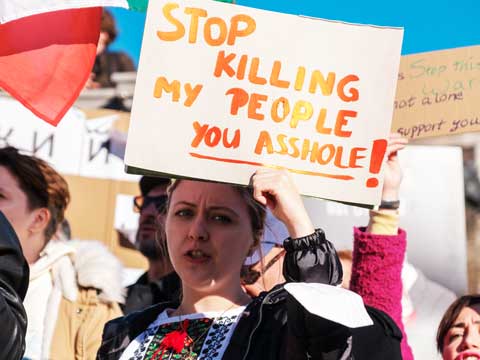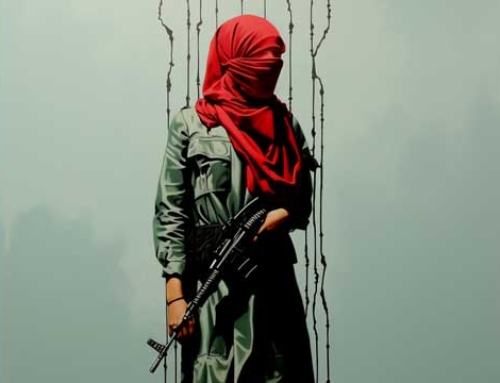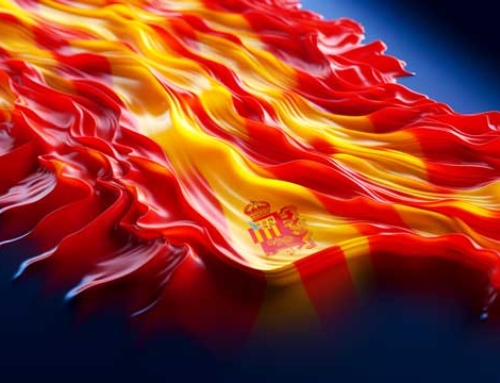The G7 is coming up with a ban on Russian diamonds. This will close the backdoor via India or Dubai to 70 percent of the market. That paves the way for European sanctions against Russian diamonds without harming Antwerp.
In the tenth European sanctions package against Russia, the diamond trade also dodges the bullet. In the past year, proposals for a European ban on the import of Russian diamonds invariably came up against lobbying from Belgium, which protects the Antwerp diamond trade. A ban on Russian diamonds would primarily affect Antwerp and simply shift the trade to India and Dubai.
Yet there will be a ban on Russian diamonds, and this will include Antwerp. It is not originating within the European Commission, but within the G7, which is currently meeting in Japan and further consists of Germany, France, Italy, Canada, the UK and the US, plus the European Union. The G7 is starting a process to ban rough and polished diamonds from Russia from its member states. Since those seven countries make up 70 percent of the global diamond market, the impact would be significant. The plan will eventually result in a sanction against Russian diamonds on one of the next European sanctions lists.
Unpolished
Belgium does not have a seat in the G7, but this initiative does come from Belgium, which saw an opportunity to sanction the Russian diamond trade without harming Antwerp’s diamond sector.
The cabinet of Prime Minister Alexander De Croo (Open VLD) pitched the concept first to the European Commission and then to the U.S., which put it on the table at the G7.
The situation became pressing when last summer the supply of diamonds in Antwerp fell by about 80 percent. This was due to the financial sanctions against Russia, which made trade with Russian banks impossible, but mainly due to the way some countries actually boycotted Russian diamonds.
The U.S., the largest market, had banned the import of Russian diamonds, but retained a substantial loophole: if unpolished diamonds were polished in India, they suddenly were considered Indian diamonds. So Americans could not buy unpolished Russian diamonds in Antwerp, but they could buy polished Russian stones in Mumbai, where supplies of Russian diamonds soared. So the American sanctions did not affect Russia, but rather the Antwerp diamond industry.
At Belgium’s request, the new plan will bet on the traceability of diamonds. In doing so, it compensates for the shortcomings of the Kimberley Process, which sanctions the trade in blood diamonds. The Kimberley cooperative came about following a United Nations resolution. That option was ruled out this time, as Russia is a permanent member of the UN Security Council. So it proved impossible to include Russian diamonds on the list of the Kimberley Process: attempts to do so backfired because of Russia and its allies. Therefore, an initiative from the G7 is now coming that goes a step further.
A certificate will have to show where the diamond comes from. That will be checked through audits. “It will be noticed quickly if something is not above board,” Tom Meys, the spokesman for Antwerp World Diamond Centre (AWDC), makes the case. “The control can be further tightened by the creation of an agency.”
Right down to the mine
How watertight that all is depends on conditions yet to be worked out. Moreover, the efficiency of the Kimberley process on blood diamonds has been the subject of much criticism, says Filip Reyniers of the research institute IPIS. “A first problem is enforcement. Now there is just an embargo on diamonds from part of the Central African Republic. But the borders appear porous and diamonds are exported through Cameroon.” It remains to be seen whether the same approach can then work with Russian diamonds, which make up a third of the current market.
A number of question marks remain. One important one: is India joining this narrative? That country continues to maintain close ties with Russia, but the pressure to join is becoming very strong.
If the plan is implemented, India will no longer be able to sell Russian diamonds in 70 percent of the market. China, the second largest sales market will remain open.
The G7 will now seek support from the African countries where the diamonds are mined. That should help traceability so it can flow all the way to the mine. Today it only goes as far back as the last export movement.
The G7’s plan is not legally binding: countries must enact it into their own legislation. For the European Union, that means the plan ends up on one of the next sanctions lists. Once that happens, a boycott on Russian diamonds in Antwerp will be possible. Several Antwerp diamond dealers were already calling for it.
Today diamonds from Russia, the world’s leading exporter, are still being traded in Antwerp. This is done mainly through Alrosa, a company two-thirds owned by the Russian state (and the autonomous republic of Yakutia). The diamonds finance the war, Ukraine argues. As President Volodimir Zelenski said in the European Parliament, “Peace is worth much more than diamonds.“







